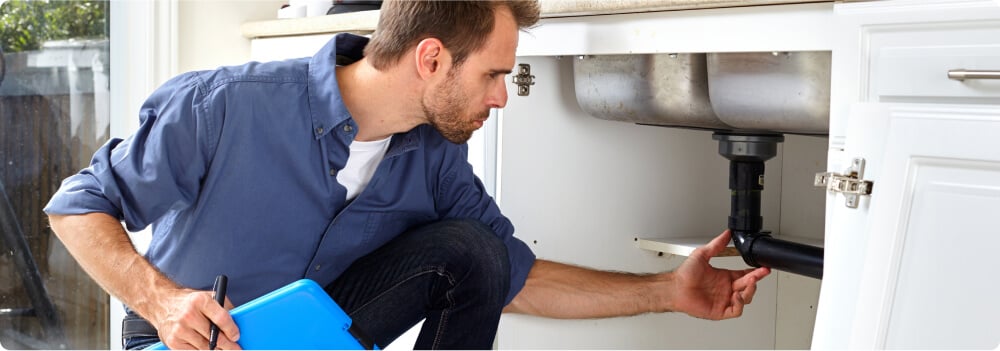Diving into the pros and cons
The pros of buying a fixer-upper home
- A cheaper house. Houses that need some extra work will come with a lower list price.
- The opportunity to customize. Since you’ll be remodeling the space, you’ll have a create exactly the type of of space you want.
The cons of buying a fixer-upper home
- It can get pricy. Depending on how much your renovation costs, you might end up spending a lot of money.
- Unexpected issues. These types of houses will always come with surprises. This can pose difficulties with budgeting and building your renovation timeline.
A fixer-upper can be a diamond in the rough
Homes that need remodeling work tend to be priced below the market, which gives you an opportunity to score a home you’ll love at a price that works for your budget—and a healthy profit if you ever decide to sell, especially if you can do the majority of the work yourself. Just go in knowing it’s a serious investment of money and muscle, with no guarantees of cashing in big.
Are fixer-upper houses worth it?
Buying and renovating a fixer-upper can be profitable, but it can easily turn into a money pit if you don’t do your homework. You need to take stock of your budget, the home’s condition, and the price you’re likely to get once the project is finished. If your estimate of the cost of repairs and renovations is off, if you end up relying on outside contractors more than you expected, or if you’ve misjudged the market, you could be upside down on your home.
Let’s fix you up with some handy tips
For your protection, get an inspection
If you’re thinking of buying a property that needs work, the last thing you want is an expensive surprise. A professional inspection might be the best few hundred dollars you can spend. A qualified home inspector will perform a thorough investigation of the property and give you a report that breaks down the items that will need to be repaired or replaced—from wiring to plumbing, from the foundation to the roof.

Estimate before you renovate
You’ve found an older home that’s just begging to be flipped. Before you jump in, make sure you can afford to turn that fixer-upper into a marketable property that generates a decent return on your investment. Walk through the house and jot down all the projects you’ll need to complete—and a ballpark estimate of what they’ll cost in materials (plus labor if you intend to outsource any of the work). Once you work up a budget, you’ll have a better idea of whether the investment is worth making.
To be legit, you may need a permit
Depending on the renovations you have in mind and the municipality where the property is located, you may need to get permits—and possibly submit detailed plans—for any structural work, additions, fencing, garage, even plumbing and electrical.
Identify fixer upper DIY projects
Every dollar you spend on a contractor goes against your bottom line. The more work you can do on your home yourself (or with the help of family and friends), the more money you’ll save and the more profit you’ll make when you flip the property. On the other hand, if you’re not sure what you’re doing on a given project, you may end up costing yourself more money—and valuable time—than if you’d turned it over to a pro. So, pick the projects you know you can handle.
It's not okay to overpay
It really only makes sense to flip fixer-upper houses if you can make a decent profit when you sell. And that starts with making the right offer when you buy. Your strategy should be to find a balance between the best possible deal and cost of making the needed repairs and renovations. Make sure you include inspection and appraisal contingencies that let you withdraw your offer. Also, the more work the home needs, the better your negotiating position. Don’t hesitate to use your leverage to drive a hard bargain—and never be afraid to walk away.






